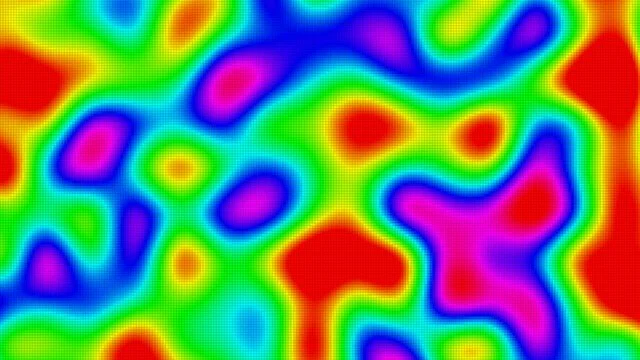by Artash Nath
Low-frequency noise from marine shipping is an underwater acoustic pollutant in oceans. The noise spectrum overlaps with frequencies marine mammals use to communicate and navigate, leading to stress and increasing collision with ships. This research established a model to measure the contribution of anthropogenic activities to underwater noise levels. The COVID-19 lockdown led to a global decline in commercial and cruise shipping.







